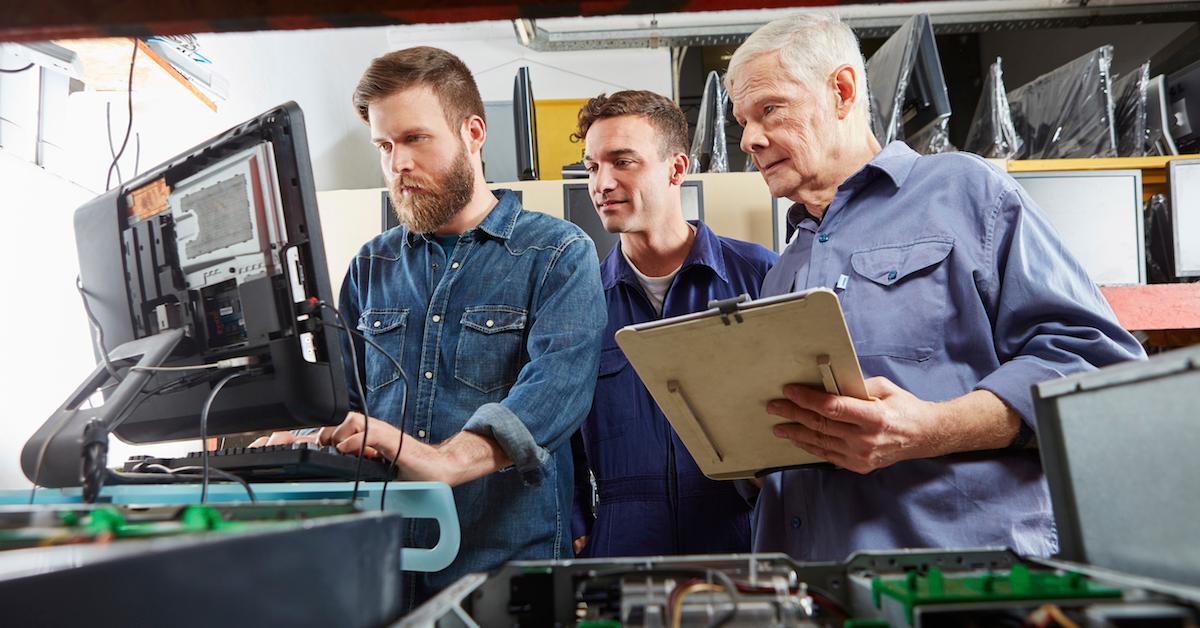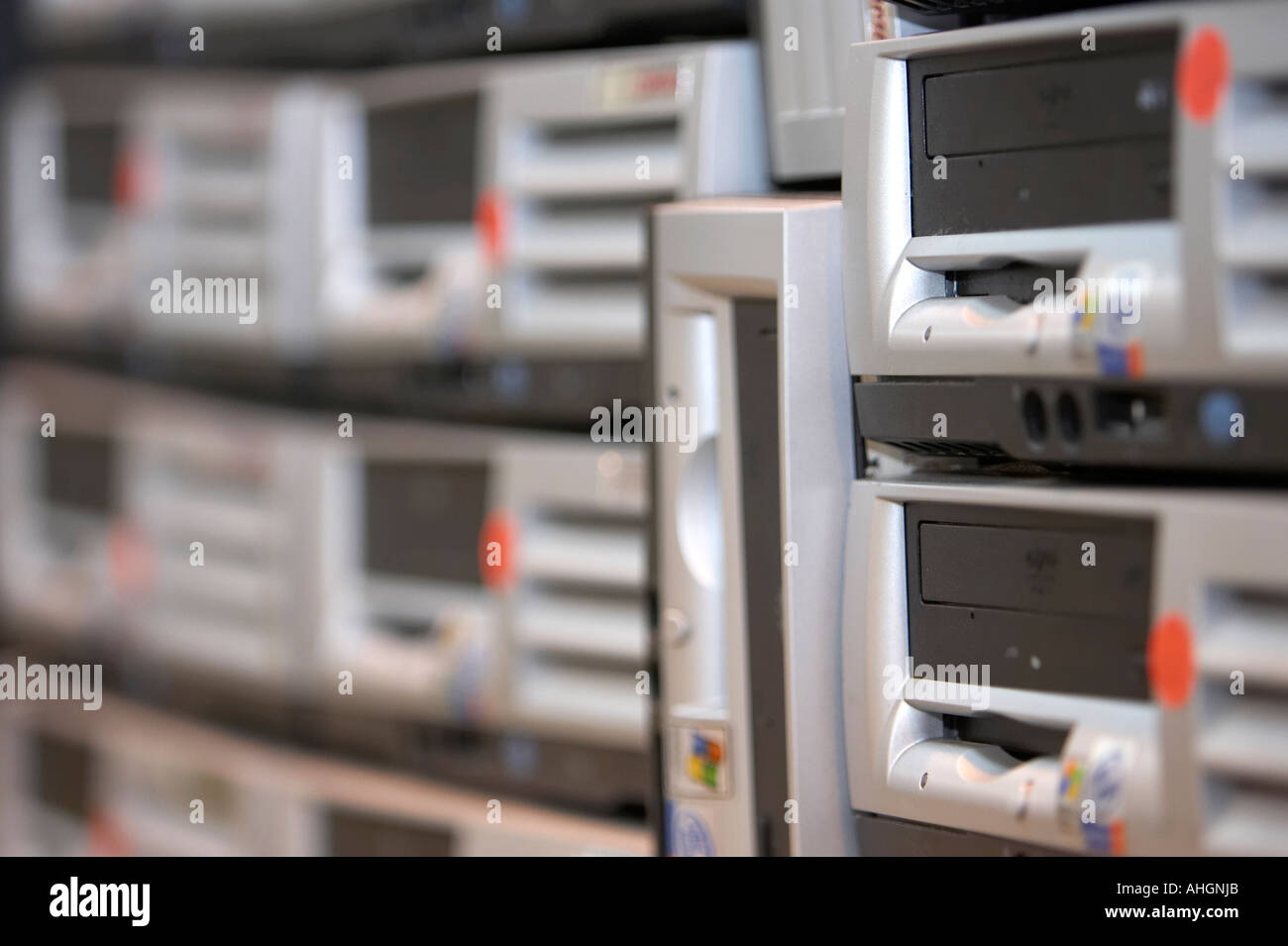

- HOW TO WIPE A COMPUTER FOR RECYCLING HOW TO
- HOW TO WIPE A COMPUTER FOR RECYCLING PC
- HOW TO WIPE A COMPUTER FOR RECYCLING WINDOWS
One copy should be kept on a physical medium such as an external hard drive or USB drive that is stored off-site (in the case of businesses) in the event of data loss caused by things like flooding or power surges. When backing up your laptop hard drive, it’s best practice to keep more than one copy of the data. Things like personal and financial data are classed as sensitive, so make sure to follow the correct guidelines when backing up and disposing of sensitive personal information and financial records. If you’re disposing of an old business laptop, it’s important to consider data retention and compliance laws surrounding your business. Of course, there will be some stuff on your old laptop that you no longer want or need (old programs, redundant files etc.), so you can choose to back up all of the data that you need and easily transfer it over to your shiny new laptop. If you’re getting rid of your old laptop simply because it isn’t up to the task any more, then backing up your data will make the setup process of your new laptop much more straightforward. Maybe there are family photos on your old laptop, and perhaps you have lots of historical financial records that may be needed later down the road for tax or accounting purposes.īacking up the hard drive will make sure this info is available to you if you were to need it at some point, even if it’s in a USB drive that’s collecting dust on the shelf. Why should I backup from my old laptop?Įven if you have backed-up all of the information that you want to keep, there’s sure to be more data that you have forgotten about but may be required in the future.
HOW TO WIPE A COMPUTER FOR RECYCLING HOW TO
Here are some steps to follow on how to dispose of your old laptop correctly.Įven if you don’t want to keep the information on the laptop or have already saved what data you deem important, it’s still a good idea to back up your old hard drive for several reasons. You could be leaving your private information available to those with some technical know-how and a nefarious plan (fraud, identity theft and more). Old mechanical hard drives don’t completely delete data when wiped. Your personal information should also be a significant consideration. It’s essential to understand how recycling works in your location and what can and can’t be recycled to avoid hefty fines, or worse, damaging the environment. There are a few things to consider when disposing of your old laptop, such as data security and local recycling laws. Select any of the following for more detailed info.When disposing of your old laptop, it’s imperative to do so safely and securely, making sure that your personal and private data is securely removed and that you are not adversely affecting the environment.

HOW TO WIPE A COMPUTER FOR RECYCLING WINDOWS
If you don’t have Windows 8.1 or Windows RT 8.1 media, contact Microsoft Support.
HOW TO WIPE A COMPUTER FOR RECYCLING PC
If you upgraded your PC to Windows 8.1 or Windows RT 8.1 with a DVD, use that disc. For more info, see Create a USB recovery drive. Having a recovery drive can help you troubleshoot and fix problems with your PC, even if it won’t start. If you don’t have either of those, you can make them if you have a USB thumb drive of 16 GB or larger. In some cases, you might have created them when you first set up your PC. Check the info that came with your PC to see if your PC manufacturer provided these discs or media. If your PC came with Windows 8.1 or Windows RT 8.1, you’ll need the discs or thumb drive that came with your PC. If that happens, what you’ll need depends on your PC. However, if Windows needs missing files, you’ll be asked to insert recovery media, which is typically on a DVD disc or thumb drive.

In most cases, once you start to refresh or reset your PC, it’ll finish on its own. Before you start to refresh or reset your PC If you want to back up and restore your personal files using File History, see Set up a drive for File History. You can refresh, reset, or restore your PC from the Windows Recovery Environment. If you're having trouble starting (booting) your PC, see Windows Startup Settings (including safe mode), and go to the “Get to Windows Startup Settings in the Windows Recovery Environment” section. Restore your PC to undo recent system changes you've made. Reset your PC to reinstall Windows but delete your files, settings, and apps-except for the apps that came with your PC. Refresh also keeps the apps that came with your PC and the apps you installed from the Microsoft Store. Refresh your PC to reinstall Windows and keep your personal files and settings. If you're having problems with your PC, you can: Note: For information about this topic in Windows 10, see Recovery options in Windows 10.


 0 kommentar(er)
0 kommentar(er)
